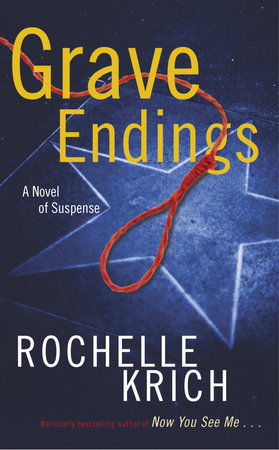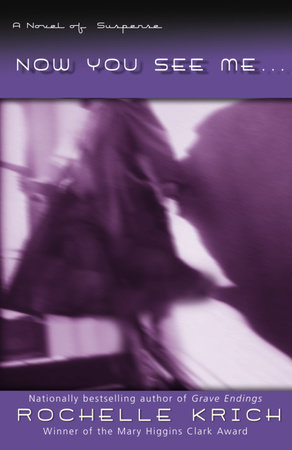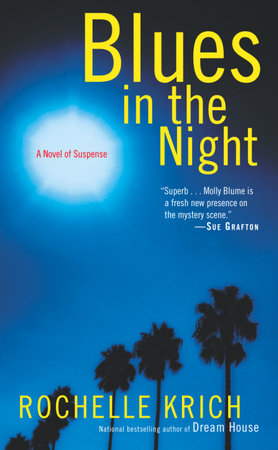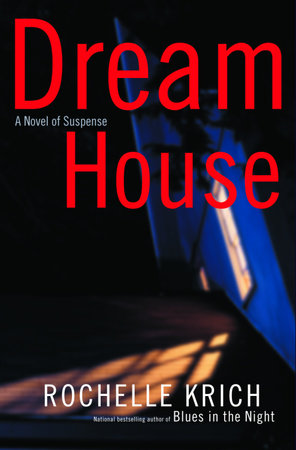Excerpt
Grave Endings
Chapter One
There is a centuries-old tradition, gleaned from the arcane pages of the Kabbalah and supported by stories too numerous to dismiss as myth, about a red thread whose mystical power wards off the evil eye lurking behind envy and arrests its malignant reach. Women yearning to conceive hope the thread will work where nature and science have failed. Pregnant women wear it to ensure a safe delivery and a sound child. Those who are ill or face adversity wear it to reclaim their health or find better fortune, and those who are fortunate wear it to hold on to their blessings.
I’ve seen the thread circling a person’s neck or entwined around the band of a watch. I’ve seen it looped through the slats of a newborn’s crib or peeking out from the doughy folds of a tiny ankle. Mostly I’ve seen it worn as a bracelet, usually on the left wrist, tightly knotted and left in place until the fibers are frayed by water and soap and body oils, and time.
The thread looks thin and ordinary. What makes it special, and potent, if you believe the stories, as I do, is the larger skein from which it has been snipped, a length of red wound seven times around the tomb in what is now the center of Bethlehem and that, centuries ago, was the desolate spot where Jacob buried his true love, Rachel.
Rachel, who died while giving life to her second son.
Rachel, who cries for all her children, those who emerged from her womb and those of future generations, and intercedes on their behalf.
Ten years ago, when I was nineteen and about to return home after a year’s study in an all-girl Orthodox Jewish seminary in the hills of Jerusalem, I took a cab to Rachel’s Tomb on a June day so hot that the air baked my face and dried the perspiration before I could lick it off my lips. Ten years ago Bethlehem was free of sniper attacks and consequently safer to visit, though even then my parents had warned me to be careful. Ten years ago the tomb wasn’t surrounded, as I hear it is now, by tall walls and guard towers that offer protection to the many who, despite the danger, travel in bulletproof Eged buses to pray at the side of Rachel’s resting place.
There were throngs of people when I arrived that day. Bareheaded men in slacks or shorts; men wearing yarmulkes, some of them with beards. Some of the women, their hair covered with wigs or scarves or berets, wore modest clothing and stockings that defied the heat. Others defied strict rules of modesty with short sleeves and with skirts that revealed tanned bare legs and brightly polished toenails. More than a few of the women were big with child, their hands resting on swollen bellies that strained against the cotton of their blouses.
After dropping coins into the cupped palms of several hunched elderly turbaned women who formed a queue near the entrance to the white stone building, I passed through the anteroom into the cool interior of the domed edifice and, with more than a little awe and reverence, I approached the black-velvet-draped sepulcher. My eyes quickly adjusted from the sun’s glare to the soft dim light of the chandeliers, and my low voice joined the hum of the other supplicants. Then, with the help of a middle-aged woman who held on to the end of a spool of red thread I’d purchased a few days before, I walked around the sepulcher, reciting a special psalm as I pressed the thread against the velvet while the woman, smiling and nodding approval, counted each circuit aloud until I had completed the seven.
Outside, I snipped a length of my red thread and asked someone to tie it around my wrist. Days later, back home in Los Angeles, I gave lengths of the thread to friends and family. My father, my mother, my three sisters and three brothers, my grandmother and grandfather, aunts, uncles, cousins. My grandfather, Zeidie Irving, wore the thread around his thin wrist, but it didn’t avert the heart attack that took his life a few months later.
And it didn’t protect my best friend, Aggie Lasher, from the person who killed her almost six years ago.
“Is that the one?” Detective Andrew Connors asked now, pointing to the rectangular silver locket he’d taken out of a brown evidence bag and set on the table in front of me.
He was watching me, and I was staring at the locket. Its face was embossed with the image of Rachel’s Tomb, just like the face of the locket I’d bought in a Pico Boulevard store that sells Judaica. There are thousands of similar lockets, I told myself, sold in hundreds of similar stores all over the country and abroad.
“Molly?” Connors prompted.
“Can I turn it over?” I wanted to pick it up, dreaded touching it. I’d arrived at my apartment only minutes before Connors, and the heater had just begun to battle the chill of the February day, but my lips were as parched as they had been that summer day ten years ago.
“Go ahead.” He nodded. “It’s been printed.”
Still, I didn’t rush. For nearly six long years I’d hounded the Wilshire Division detectives, phoning the station every few months, sometimes more often, asking whether any leads about Aggie’s murder had surfaced, knowing I was making a nuisance of myself but not giving a damn. For nearly six years there had been nothing.
Then around eight-thirty this Thursday morning Connors had phoned. Something he wanted to show me, he’d said. Could I come to the Hollywood station?
“Can it wait till tomorrow, Andy?” I’d asked. “I have a wedding gown fitting in half an hour, then tons of errands, and a six o’clock tasting at the caterer’s. In that order, or they’d have to let out a few seams.” I was prepared for a wisecrack—Connors and I do lots of friendly verbal jousting—but it didn’t come.
“How about between the fitting and one, Molly? I can come to your place if that makes things easier. Unless your errands are with your rabbi?”
“I wish.” My rabbi, formerly the high school heartthrob who dumped me, is my fiancé, a fact that my family and many of my friends find humorous, and I do, too, at times. “Zack has meetings all day at the shul. This is a switch, you calling me.”
I write books about true crimes under my pen name, Morgan Blake. I’m also a freelance journalist and I collect data from detectives in police stations all over the city for my weekly Crime Sheet column that appears in the local tabloids. That’s how I met Connors.
“How’s eleven?” he asked.
“Eleven is fine.” His solemnity was making me uneasy. “What’s this about? Did I step on any departmental toes?” Not everyone in the LAPD appreciates my inquisitiveness and persistence.
“Tell you when I see you,” Connors said, and hung up before I could press.
He showed up early. I was still in my powder blue wool suit but had kicked off my four-inch BCBG stiletto heels, so the gap between my five feet five and his lanky six-two seemed greater. I was about to make a quip, but the somber look in his hazel eyes stopped me. That and the absence of his usual slouch, and the brown paper bag in his hand.
“What’s up?” My heart did a little flip, even though I’d talked to my mom minutes ago and knew my family was fine. I wasn’t thinking Aggie. Connors is with Hollywood Division, and Aggie’s case belonged to Wilshire.
“Can we sit down, Molly?” he asked.
I scowled at him. “You’re making me nervous. Just tell me why you’re here.” I pointed to the bag. “What’s in that? Leftovers?”
He hesitated. “Something that may have belonged to your friend.”
He spoke gently, but the words rocked me as though I’d been slammed against a wall. My legs were wobbly, my chest was hollow. I felt his hand steadying my elbow, and a minute later we were sitting across from each other at the breakfast room table, the space between us occupied by twin towers of the wedding gifts that had arrived yesterday, still wrapped in bright-colored floral papers and ribbons that looked obscenely cheerful.
Connors pushed aside a stack of boxes, slipped the locket out of the bag, and placed it in front of me.
“Where did you find this?” I’d described the locket to Connors years ago. I’d described it to the Wilshire detectives, too. I never thought I’d see it again.
“On a guy named Roland Creeley. Does the name ring a bell?”
I shook my head. My heart pounding, I picked up the locket and read the inscription on the back:
kcam ebfje kwubi
“That’s Hebrew, right?” Connors said. “What does it say?”
“For Aggie. My Best Friend.”
Saying the words filled my eyes with tears. I unsnapped the tiny latch. There was the coiled red thread I’d tucked inside the locket I’d given Aggie a year before she died, the locket that she wore daily but that was missing when the police found her body in a Dumpster.
“So it’s hers?” Connors asked.
“Yes.” I clicked the locket shut. “But you knew that,” I said with a prickling of resentment.
“We had to make sure. I know this is tough for you, Molly. I’m sorry.”
In my mind I was sitting cross-legged on the daybed in Aggie’s bedroom, watching her pry the locket open with her long, slim fingers, taking pleasure in the delight that warmed her dark brown eyes and the smile that widened as she pulled her curly black hair to one side and fastened the silver chain around her neck. Oh, Molly, this is perfect.
At some point I realized Connors was talking. I wiped my eyes and looked at him. “Sorry. What did you say?”
“I need it back, Molly.”







